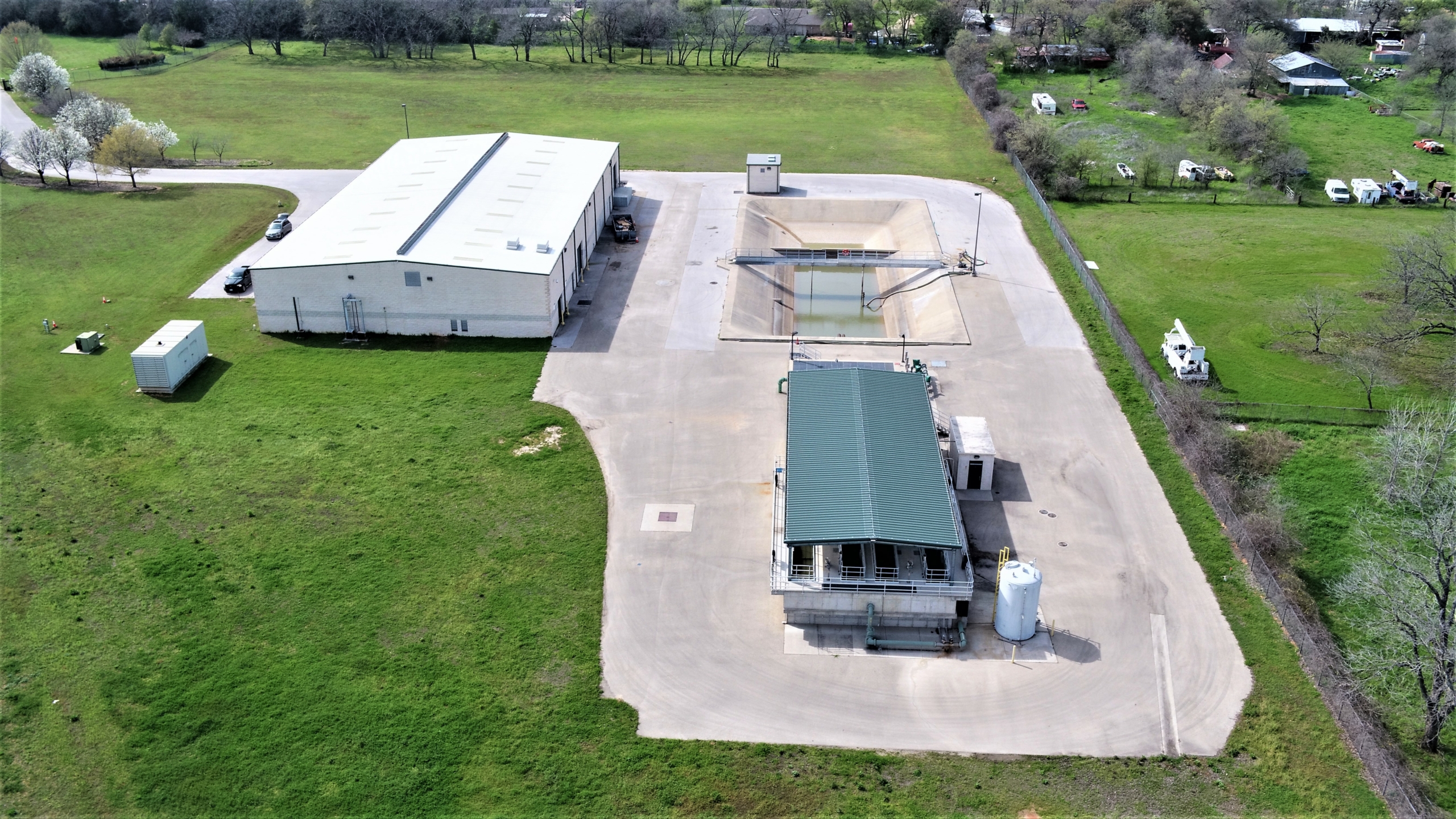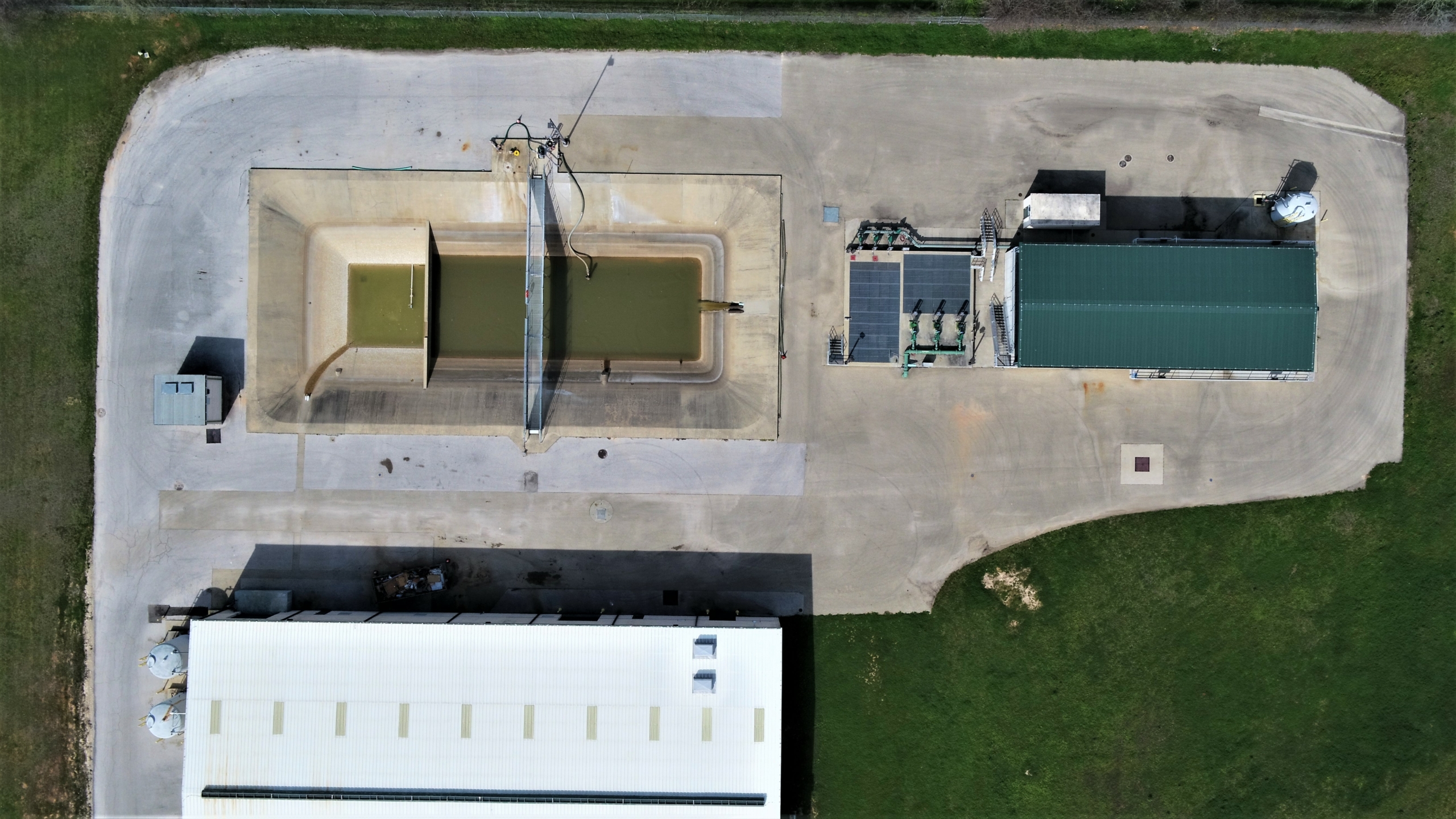Membrane Filtration Plant | City of Temple
Temple, TX
Project Description:
The City of Temple contracted Kasberg, Patrick & Associates L.L.P. (KPA) to investigate and evaluate various water treatment processes to determine the most economical, dependable, and flexible strategy for expanding the City’s existing system.
The recommended process provided was membrane filtration, which at that time had minimal use in municipal water treatment throughout the United States. The technology employed in the process has since become the industry standard.
Under the Surface Water Treatment Rule, established by the Environmental Protection Agency (EPA), membrane filtration systems were classified as “alternate treatment technologies.” Due to this, all proposed membrane installations were required to receive state regulatory agency approval. Under this regulation, the Texas Commission on Environmental Quality (TCEQ) required that pilot test data be collected to demonstrate that the proposed system would produce water that met the State’s Drinking Water Standards. Per these standards, the City of Temple authorized a Pilot Study of the existing treatment plant, which led to our team’s research of numerous membrane filtration systems. Throughout the investigation, Rick N. Kasberg, P.E., Project Manager, visited several U.S. plants to evaluate system technologies, followed by KPA’s recommendation of two systems for the required Pilot Study. Our team then developed a study protocol and received TCEQ approval to move forward. The Pilot Study took place from December 2000 to May 2001 and led to the City of Temple selecting the membrane system manufactured by Pall Corporation at the recommendation of KPA.
At the time of this project, Pall Corporation had over thirty “custom” microfiltration membrane systems in operation in the United States, with the City of Temple facility containing the most significant quantity of membranes in the world for Pall Corporation. The highly innovative Plant quickly became their showcase facility, frequently toured by owners and designers of water treatment facilities from the U.S., U.K., Australia, Germany, and China.
KPA developed site-specific data that would allow for the construction of a dependable system that would produce a high-quality filtrate to meet existing and more stringent standards proposed under future regulations while providing simplicity of operation. An automatically controlled operating system by Programmable Logic Controllers (PLCs) provides ease of management and allows the Membrane Facility to be remotely operated. PLCs are advanced supervisory controls that include integrated closed-circuit security cameras, cohesive float switches, internal alarms, and a computer system.
While the Temple Membrane Facility was initially rated at 11.6 MGD by the TCEQ, data taken during the pilot study indicated that a greater flux rate (capacity) would be possible during the full-scale installation. KPA sized all support appurtenances (raw water pumps and pipeline, strainers, membrane modules, compressed air system, recycle pump station, etc.) for 15 MGD.
One of the project’s more significant components was designing and constructing a raw water intake structure. Construction of the intake structure required the installation of a temporary cofferdam in the Leon River, some thirty feet deep. The cofferdam allowed for the dewatering of the excavation needed for constructing the intake. KPA designed the intake structure pumping system to meet the City’s average winter day demand to allow for the sole use of the new membrane plant during these periods.
One of our biggest goals throughout this project was to provide a cost-effective treatment facility for the City of Temple, both in capital and operation and maintenance costs. To achieve this goal, KPA utilized direct filtration, the innovative use of backwash recovery, and interconnecting the Conventional and Membrane Plant allowing the use of existing chemical feed equipment and clearwell storage. The project also included numerous conventional plant chemical feed systems and electrical control modifications.
Many early membrane installations resembled conventional facilities, with the membrane replacing the mixed media filters and retaining sedimentation. Before the pilot study, KPA recommended to the City that the concept of direct filtration be investigated. Direct filtration pumps directly from the river to the Membrane Facility without clarification or sedimentation. The pilot study confirmed that direct filtration could be economically accomplished, saving the City capital cost of clarifiers/sedimentation basins and the addition and operation of pumps between the clarifiers and membrane.
What is Membrane Filtration?
The filtration process utilizes membranes to remove particles by physically straining above a specific target size. Filtration takes place from the outer surface of the fiber to the hollow inner core. Feedwater passes through the porous wall of the fibers, and the suspended matter remains on the outside. This filtration process removes solids larger than 0.1 microns. Microfiltration is a barrier filtration system that provides positive mechanical retention of suspended solids and microorganisms. As a guide, bacteria are typically larger than about 1 micron. Filtration quality is consistent despite wide variations in feedwater conditions and is independent of operator interaction. Operator input is minimal, making remote, unattended operation possible.
Scope of Services: KPA, the City of Temple, and Pall Corporation collaborated to provide the citizens of Temple, Texas a state-of-the-art treatment facility that cost-effectively utilizes innovative technology and “outside the box” design to achieve a high-quality filtrate that will meet increasingly stringent future guidelines.
Construction Cost: $14,800,000



